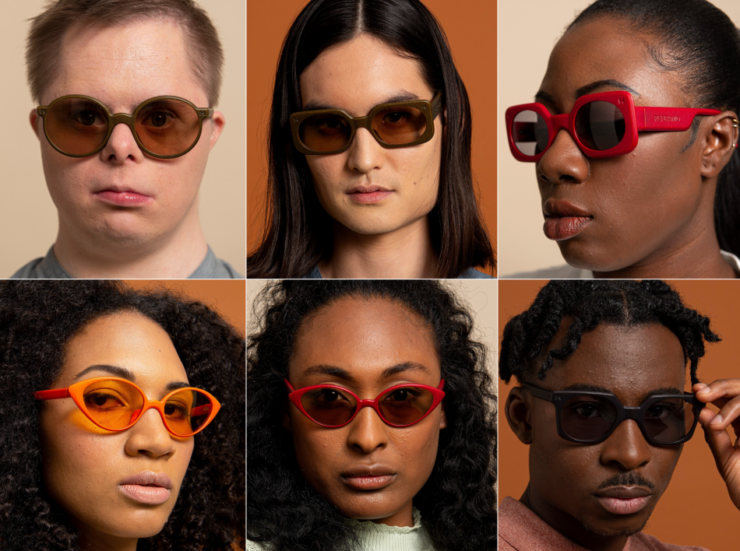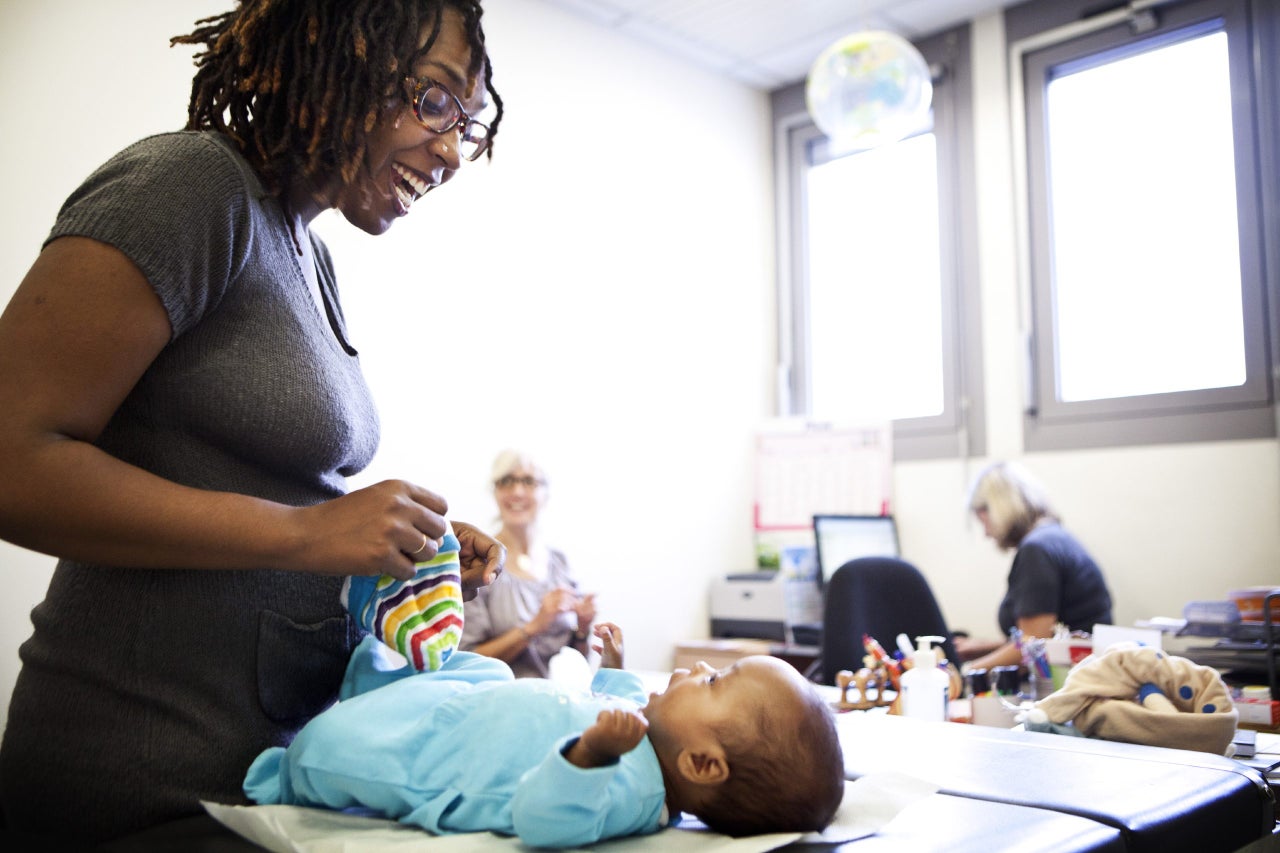


Fashion education has evolved dramatically over the years, adapting to the changing dynamics of the industry. It is no longer confined to traditional classrooms.
As we step into 2023, prospective students face a plethora of choices, making the decision-making process even more challenging.
With the advent of technology and the global reach of the internet, the landscape has expanded, offering a diverse range of opportunities for budding designers. Therefore, choosing the right fashion design school is highly important.
Traditional vs. Online Programs
In the past, fashion education was predominantly offered in physical classrooms, where students could interact directly with instructors and peers. Traditional programs often emphasize hands-on experience, workshops, and direct mentorship.
However, the rise of online education has transformed the way we learn. Online programs offer flexibility, allowing students to balance their studies with other commitments.
They also provide access to a global network of professionals and resources, breaking geographical barriers. While they might lack the tactile experience of a physical classroom, they make up for it with interactive webinars, virtual workshops, and digital resources.
Pay Attention to Accreditation and Reputation
Accreditation is a testament to a school’s commitment to providing quality education. It’s an external validation that ensures the institution meets specific academic and operational standards.
Reputation, on the other hand, is built over time and is often influenced by the success of its alumni, faculty credentials, and industry partnerships. While accreditation is a non-negotiable factor, reputation can offer insights into the real-world value of a degree.
Prospective students should research both aspects thoroughly, considering feedback from alumni and current students.
The Importance of Curriculum and Specializations



The fashion industry is vast, encompassing various niches from apparel design to marketing. Understanding the curriculum and available specializations can help students align their career aspirations with the right program.
Core Subjects and Electives
Every fashion program will have core subjects that form the foundation of the curriculum. These might include fashion illustration, pattern making, and textile science.
Electives, on the other hand, allow students to delve deeper into specific areas of interest. Whether it’s sustainable fashion, fashion tech, or luxury brand management, electives offer a chance to specialize and gain expertise in a chosen niche.
It’s essential to choose a program that offers a balance of both, ensuring a well-rounded education.
Industry Partnerships and Internship Opportunities
Practical experience is invaluable in this industry. Many top-tier schools have established partnerships with renowned brands, offering students exclusive internship opportunities.
These internships provide a real-world glimpse into the industry, allowing students to apply their theoretical knowledge. They also serve as a networking platform, opening doors to future job opportunities.
When evaluating a program, consider the school’s industry connections and the quality of internships they offer.
Financial Considerations and Scholarships



Pursuing a fashion education can be a significant investment. However, with careful planning and research, students can find programs that offer value for money without compromising on quality.
Tuition Fees and Living Expenses
Tuition fees can vary widely based on the reputation of the school, the duration of the program, and the country of study. It’s crucial to factor in additional expenses like accommodation, study materials, and living costs.
Many schools offer payment plans or financial aid to assist students. It’s advisable to reach out to the admissions office for detailed information on tuition breakdown and any hidden
Location and Global Exposure
The location of a school can play a pivotal role in shaping a student’s experience and future opportunities. Being in the right city can offer invaluable exposure to the industry’s heartbeat.
Fashion Capitals – the Dream!
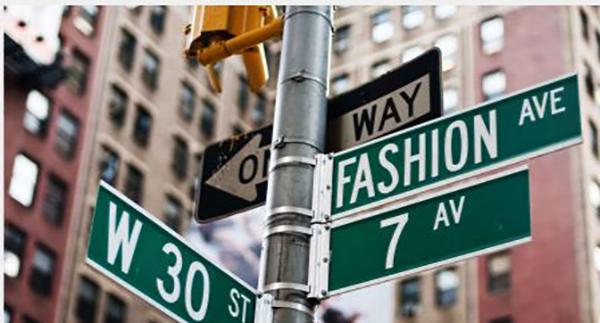


Cities like Paris, Milan, New York, and London are considered the world’s fashion capitals. Studying in these cities offers students a front-row seat to major events, including fashion weeks, trade shows, and exhibitions.
Being in a fashion capital also means proximity to industry leaders, renowned designers, and influential fashion houses. The networking opportunities and real-world exposure gained in these cities can be a game-changer for budding professionals.
Cultural Immersion and Global Perspective
Fashion is a global industry, influenced by cultures, traditions, and global trends. Choosing a school in a culturally diverse city or a different country can offer students a broader perspective.
Cultural immersion can inspire creativity, allowing students to draw from a rich tapestry of traditions, art, and history. Moreover, understanding global trends and consumer behavior can be a significant advantage in an increasingly interconnected world.
What’s the Campus like?
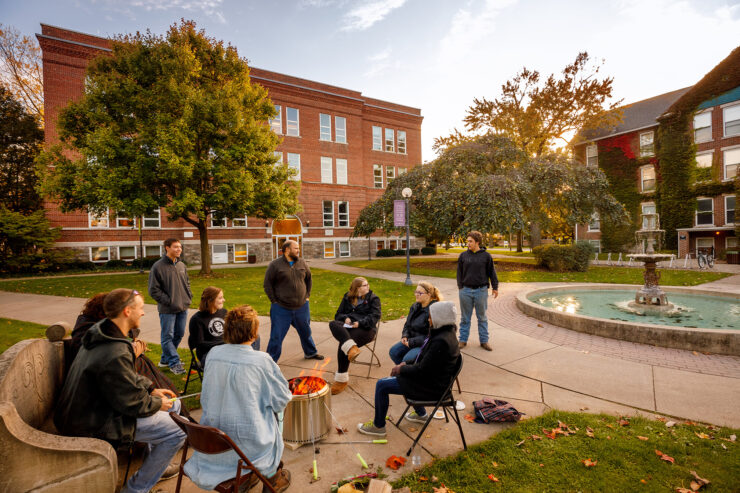


The infrastructure and resources a school offers can significantly impact the quality of education and the overall student experience.
State-of-the-Art Studios and Workshops
Fashion design is a hands-on field that requires specialized equipment and facilities. From sewing labs to pattern-making studios, the availability of state-of-the-art facilities can enhance the learning experience.
Workshops equipped with the latest technology, like 3D printing and digital fabric printing, can also offer students an edge, preparing them for the future of fashion.
Libraries and Research Resources
A well-stocked library with books, journals, and research materials is indispensable for any academic institution. For fashion students, access to archives of historical garments, magazines, and digital databases can be invaluable.
Research plays a crucial role in fashion design, from understanding historical trends to predicting future ones. Ensure the school offers robust research resources, both physical and digital.
Are There Any Extracurricular Activities?
While academics are crucial, the overall student experience plays a significant role in personal and professional development. Extracurricular activities, clubs, and events can enrich the student life experience.
Shows and Exhibitions
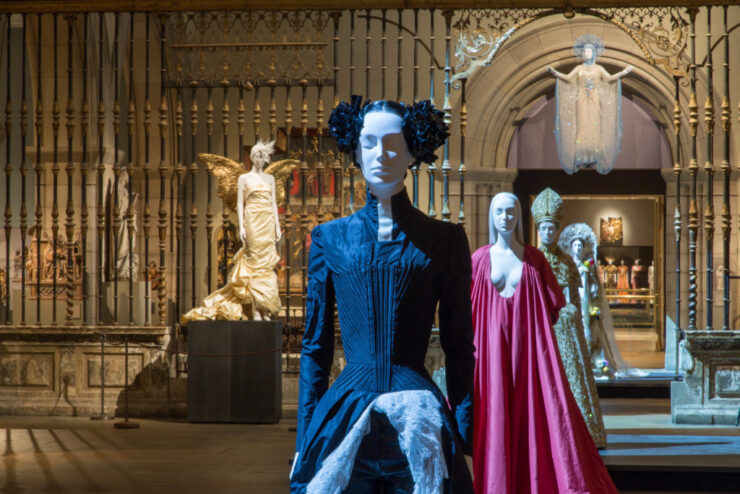


Participating in fashion shows and exhibitions allows students to showcase their work, receive feedback, and even catch the eye of industry scouts. These events are a platform for students to express their creativity and make a mark in the fashion community.
Check if the school organizes annual shows, participates in international events, or collaborates with industry partners for exhibitions.
Clubs, Societies, and Networking Events
Fashion clubs and societies can offer students a platform to collaborate, share ideas, and work on projects. Networking events, on the other hand, can help students connect with industry professionals, alumni, and peers from other institutions.
Engaging in these activities not only enhances the student experience but also helps in building a strong professional network, which can be invaluable post-graduation.
Global Exchange Programs and Study Tours
In an interconnected world, global exposure can offer students a competitive edge. Exchange programs and study tours can provide insights into international fashion markets, cultures, and trends.
Partner Institutions and Exchange Opportunities



Many top schools have partnerships with institutions worldwide, offering students opportunities for short-term exchange programs. These programs allow students to study in a different cultural environment, gain global exposure, and expand their horizons.
When considering a school, check for such partnerships and the opportunities they offer for global exchanges.
Study Tours and Industry Visits
Study tours to fashion capitals, industry visits to manufacturing units, and trips to events can offer practical insights. These tours provide a first-hand experience of the global fashion ecosystem, from production to the runway.
Ensure the school organizes regular industry visits, and study tours, and offers opportunities for students to attend international events.
The Bottom Line
After thorough research and consideration, the time comes to make the final decision. Choosing the right fashion school is a significant step towards a successful career, and it’s essential to ensure that the decision aligns with personal and professional aspirations.
While facts, figures, and statistics are crucial, it’s equally important to trust your instincts. After visiting campuses, interacting with faculty and students, and assessing all factors, listen to your gut feeling.
Sometimes, the right choice is the one that feels right, resonates with your aspirations, and aligns with your vision for the future.
It’s always beneficial to seek guidance from industry professionals, alumni, or mentors. Their experiences, insights, and advice can offer a fresh perspective, helping you make an informed decision. Engage in discussions, ask questions, and consider their feedback when finalizing your choice.


